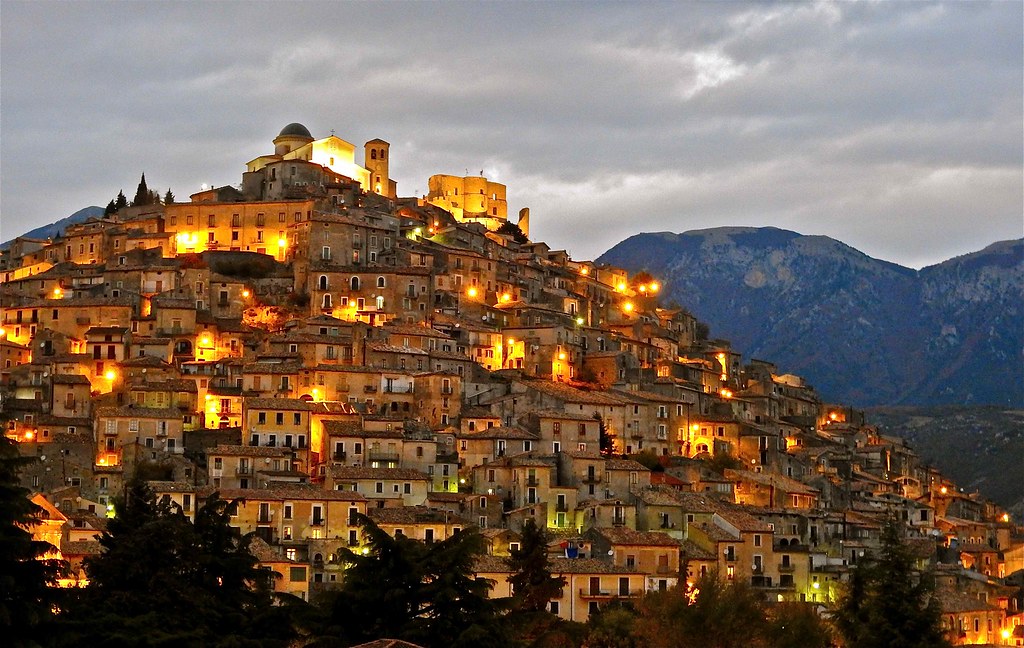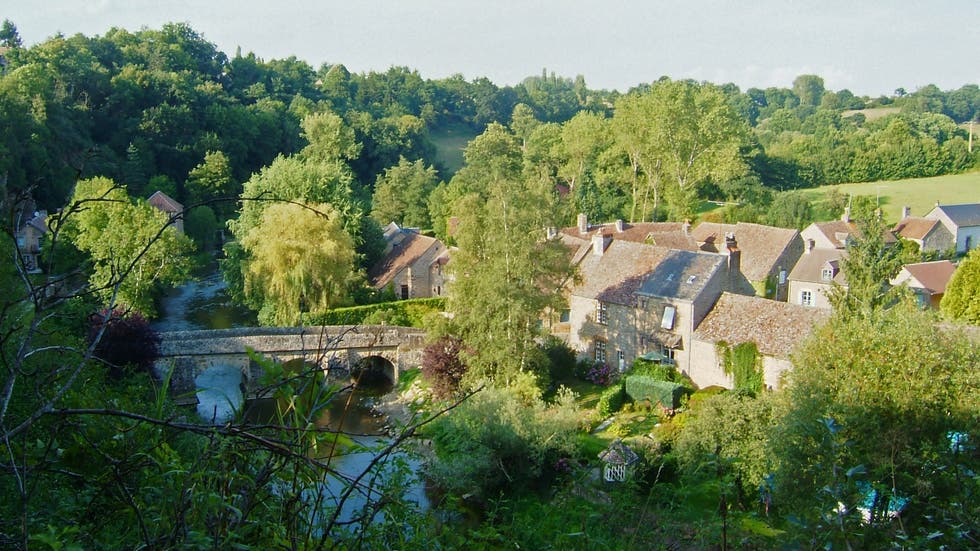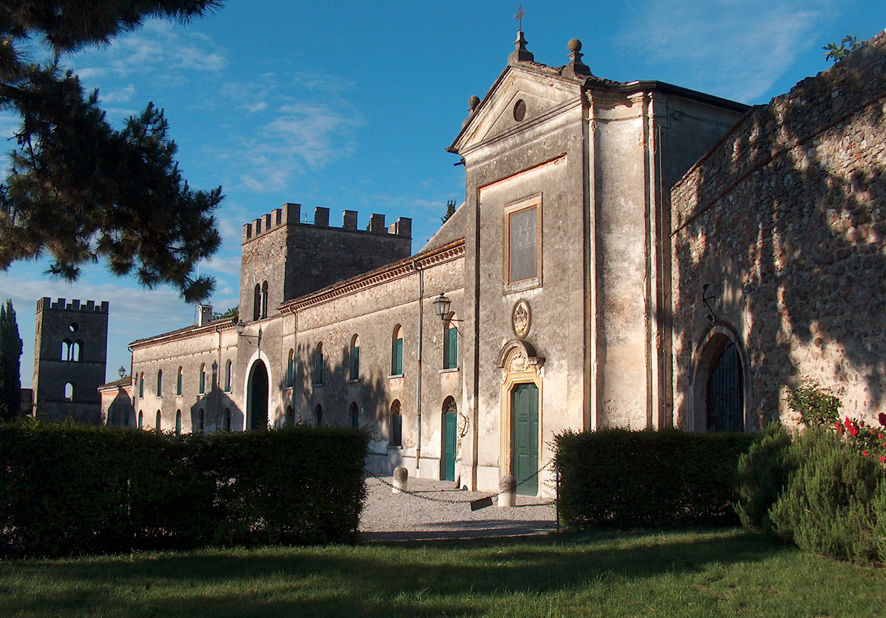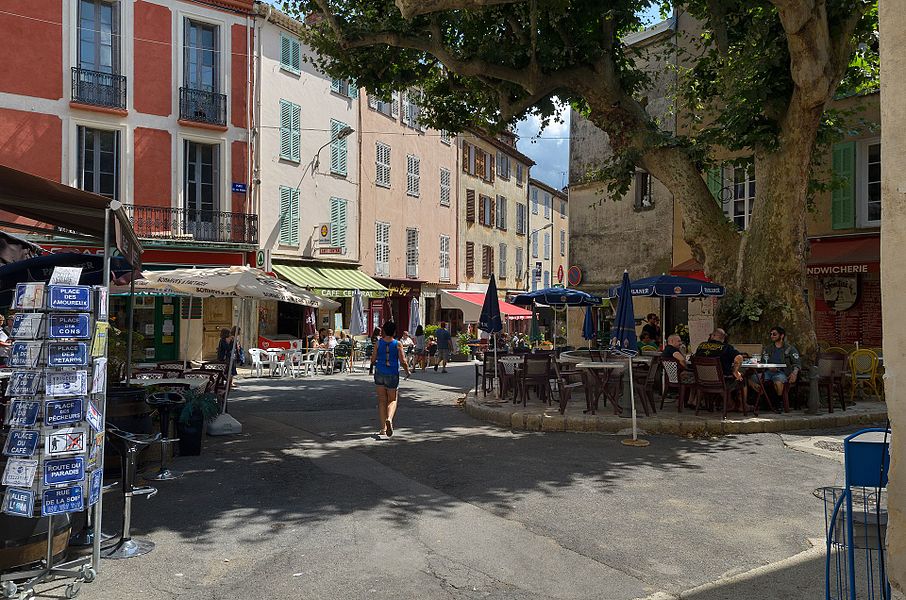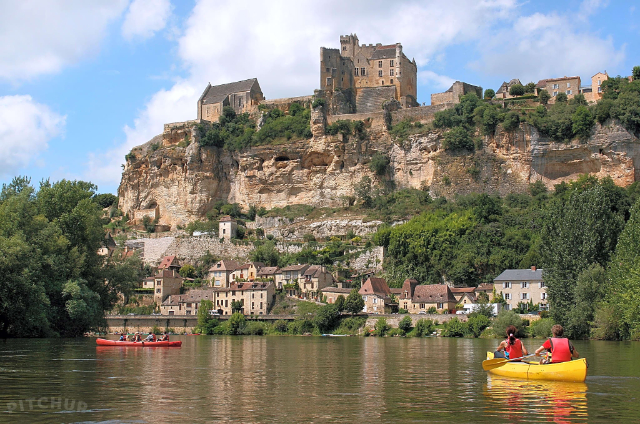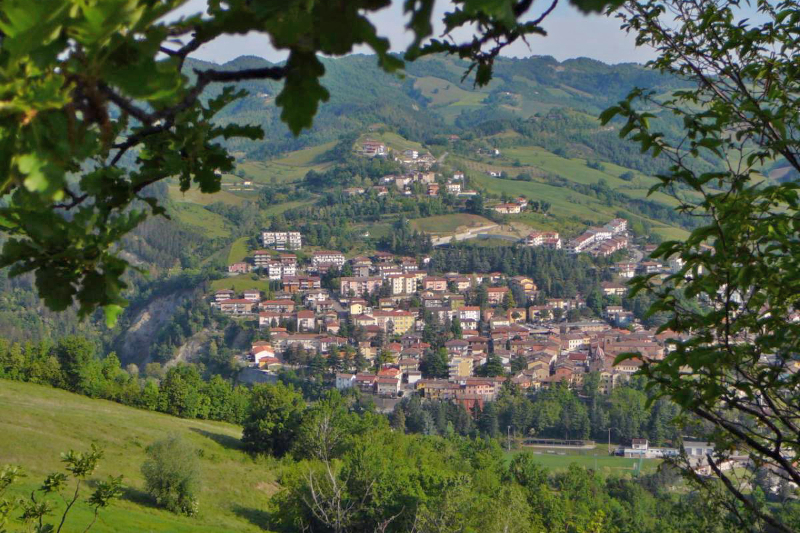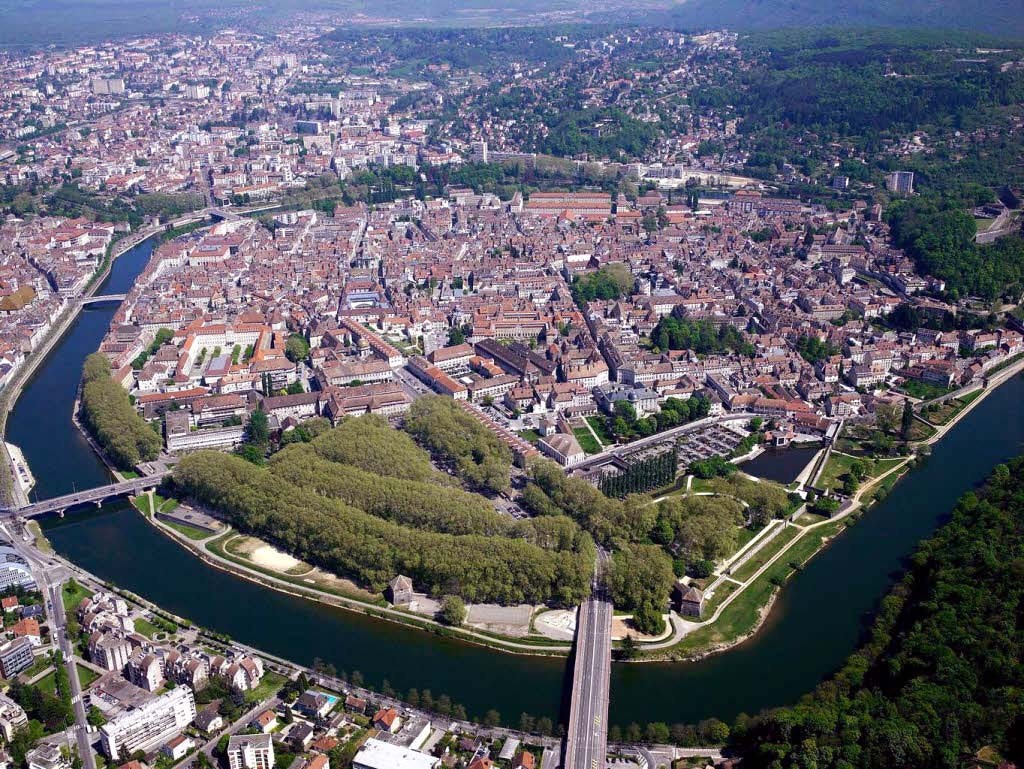In all probability, but without historical certainty, the area of Morano Calabro was inhabited as early as Greek times, since it was along one of the main routes connecting the powerful city of Sybaris with the Tyrrhenian colonies.
But the place names Muranum and Summuranum, from which the present name of the town derives, are from Roman times. Muranum is the oldest, appearing in an ancient milestone from the second century B.C. found at Polla in the Vallo di Diano. In the "Lapis Pollae," Muranum appears as a ‘station’ on the Regio-Capuam, an ancient Roman consular road, commonly known as Popilia-Annia, which was the only Roman road to Calabria at the time.
Summuranum, on the other hand, appears in Antoninus’s Itinerary of the 2nd century AD and in the Tabula Peutingeriana of the 3rd century AD, which presumably designated another ‘statio’ on the same Regio-Capuam, a road route, alternative to this one, that ran downstream, close to the town of Morano and Castrovillari, near the contrada Fauciglia. The remains of ancient fortress date back to Roman times, on which in Norman times the original nucleus of the present village arose at the top of the hill. Morano was a feud in the medieval age of Apollonio Morano, the Fasanella family and Antonello Fuscaldo; in the Aragonese age it passed to the Sanseverino family of Bisignano, in 1614 to the Spinelli family of Scalea, who held it until the eversion of feudality in 1806. The appellation of Calabro, was added in 1863, to distinguish it from Morano sul Po.
In the Borgo there are important architectural treasures to visit. First and foremost: the Church and Monastery of St. Bernardino of Siena,the Church of St. Nicholas of Bari,Convent of the Capuchin Fathers,the Collegiate Church of St. Mary Magdalene, the Archpriest’s Church of Saints Peter and Paul , the Church of the Carmine and finally the Monastery of Colloreto.
